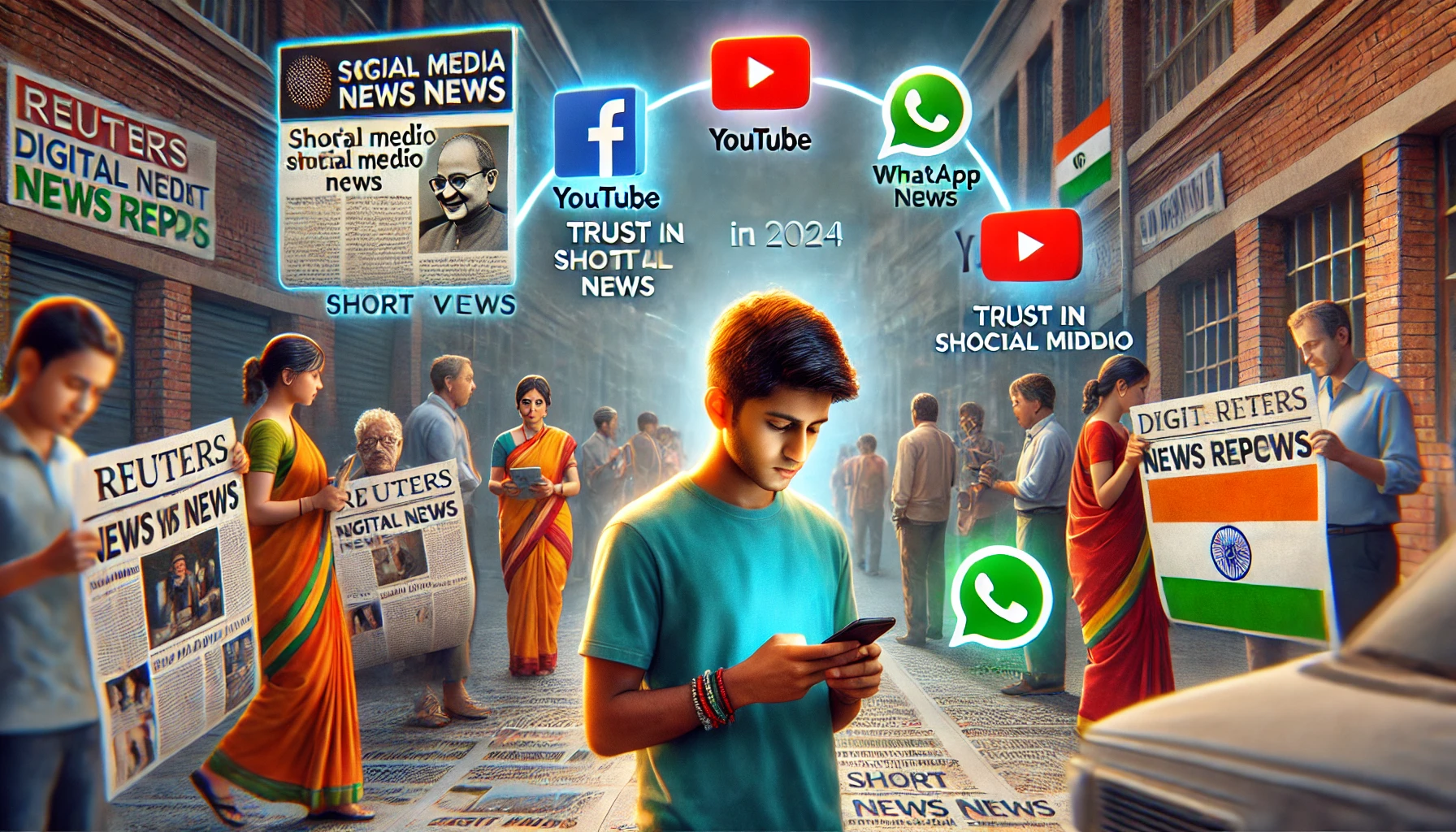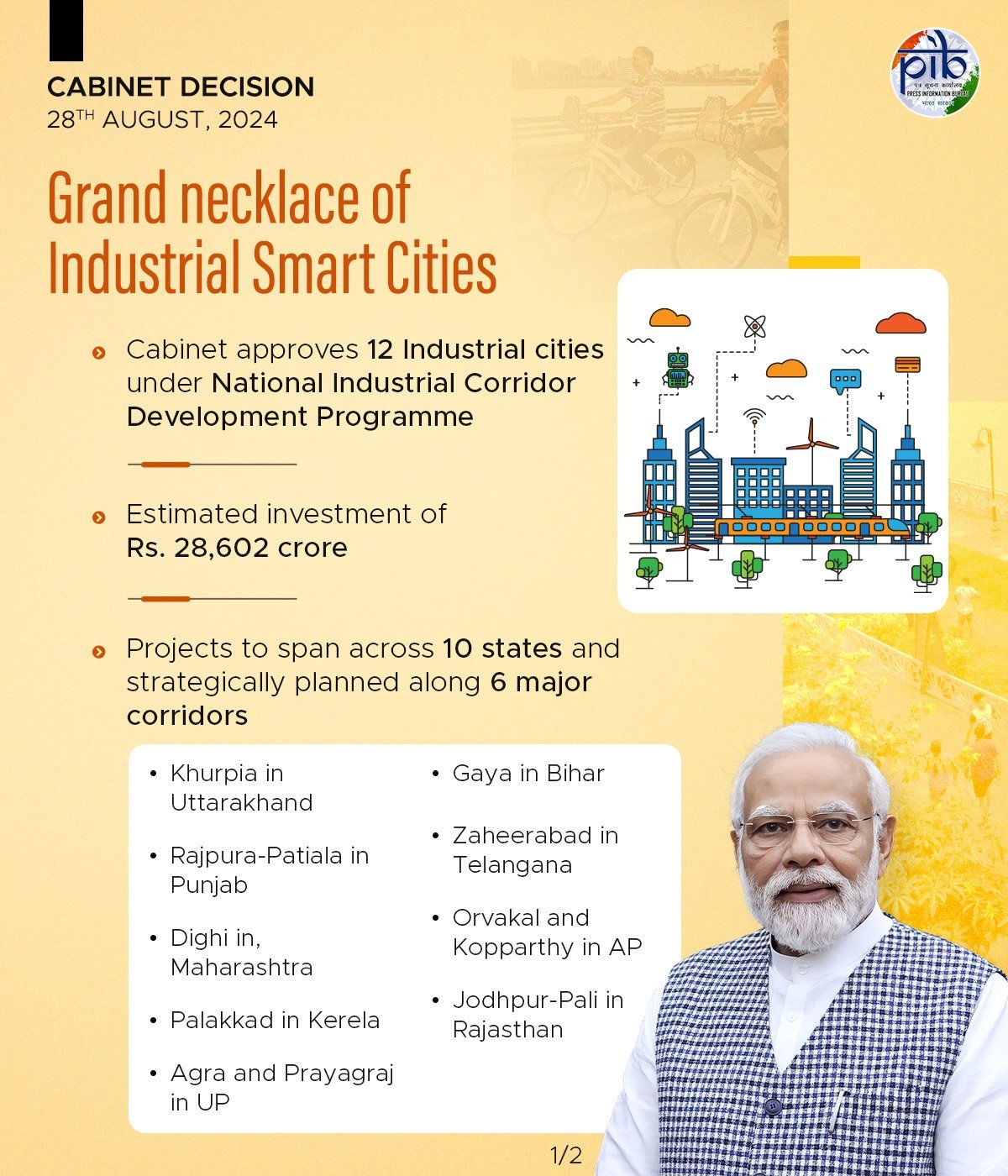Ladies and gentlemen, gather ’round! The saga of news consumption is undergoing a dramatic twist, and no, it’s not just another episode of “Breaking News!” It’s a full-blown drama with plummeting viewership, falling ad revenues, and a growing chorus of disenchanted viewers. You might wonder why so without further ado, let’s dive straight into the heart of this evolving narrative.
Why People Are Avoiding the News
So, who’s fed up with the media houses? According to a recent study by Oxford University, a whopping 39% of adults are actively avoiding news. Yes, you heard that right! That’s a 10% jump from the 29% who avoided news in 2017. The reasons? People find it “depressing, boring, and relentless.” Can we really blame them? The world’s a mess, with wars, rising inequality, food insecurity, and civil unrest making headlines every day.
But let’s be real. Shouldn’t the media report these issues? If we stopped covering wars, corruption, and crises, who benefits? The culprits, of course. Imagine Israel without Gaza coverage, or China without mentions of Xinjiang. Silence may be golden for them, but for the rest of us, it’s deadly.
The Politics Problem and Potential Solutions
Here’s another kicker: the papers and channels are getting too political. According to the Reuters report, there’s an overemphasis on politics, turning news into a game of “Who said what?” It’s true, endless political bickering can get tedious. Perhaps the industry needs an overhaul and a sprinkle of innovation. Emerging technologies, feel-good stories, science, and health could be refreshing new genres. However, we can’t simply eliminate politics. How else do we make an 81-year-old president or parliamentary logjams interesting? It’s all in the packaging, folks.
Also read: Ashwini Vaishnaw’s role in Modi 3.0
The Economic Crunch: Falling Ad Revenues
Let’s talk money and sense. Media houses aren’t exactly raking in the cash apparently, at least outside India anyway. In the US, the biggest news market, a third of the papers have shuttered since 2005 (according to Palki Sharma from the Vantage show). Last year, over two newspapers shut down, leading to massive layoffs. In fact, the number of print journalists has shrunk by two-thirds since 2005.
Why? Advertisement revenue is sinking faster than a stone in quicksand. The New York Times saw an 8.4% drop in ad revenue last year. The Washington Post? They bled $100 million. TV channels aren’t faring any better. CNN’s ad revenue plunged 39% in the first half of 2023, while Fox saw a 36% dip. If these titans are struggling, where does that leave the rest?
The Subscription Struggle
Paid subscriptions could be a lifeline, but how many of us are actually willing to pay for news? Newslaundry, Caravan, Juggernaut, the options are aplenty for us at home, but being a bit of a news junkie myself, I don’t like paying for it, especially since there are so many options currently. According to the same Reuters survey, a measly 17% of people pay for their information. It’s barely budged from previous years. A whopping 55% say they’ll never pay for stories, and only 2% are willing to pay the full subscription price. The rest are bargain hunters, seeking steep discounts.
We are willing to pay for Netflix, Amazon Prime and even the outright silly YouTube Premium, but news? Not so much. Until this changes, expansion and innovation in media remain pipe dreams. How can media companies experiment with new formats or stories if they can’t even cover the basics?
The Influencer Influence
As trust in traditional media houses wanes, more people are turning to influencers for their daily dose of information. This shift is particularly pronounced among younger audiences who find influencers more relatable and trustworthy. According to the Reuters report, platforms like YouTube and Instagram are becoming primary sources for information, with influencers playing a significant role in shaping public opinion. This trend highlights the growing disconnect between traditional media and the audience they once served.
Also read: NEET UG Scam 2024
Innovate or Perish: The Path Forward
So, what’s the way forward? It’s a two-way street. News outlets need to innovate, sure, but they also need feedback from viewers. Don’t just tune out—tell us what you want to see. More tech info? More feel-good stories? How about interactive graphics or podcasts? And yes, how much would you be willing to pay for it?
Here’s a wild idea: What if the media adopted some strategies from other successful industries? Think personalised story/beat feeds, virtual reality experiences, or even gamified bulletin segments. It’s time to make the news as engaging as a binge-worthy Netflix series. (No, not like the saturating and jarringly loud scream fests we see on news debates these days, but more reasonable ones.)
The news industry maybe at a crossroads now. With nearly 40% of adults tuning out, there’s an urgent need for introspection and innovation. The issues are clear: news is often depressing, overly political, biased and divisive, and economically unviable under the current ad-driven model. Yet, the solution isn’t to sugarcoat reality or ignore significant events but to find better ways to present them.
It’s a call to action for both the news media and the audience. For media companies, the challenge is to innovate and diversify content while maintaining journalistic integrity. For the audience, it’s about engaging constructively—offering feedback, suggesting improvements, and yes, considering paying for quality journalism.
The future of news depends on a delicate balance between truth and presentation, integrity and innovation. Let’s navigate this complex terrain together and ensure that the fourth estate remains robust and relevant in the digital age.
For more in-depth insights, check out the full Reuters Digital News Report 2024 here and catch the detailed analysis on our YouTube channel here. Stay informed, stay engaged, and let’s make the news great again!
Also read: Nobody’s Sleeping – Book Review




